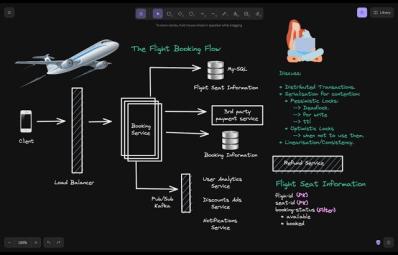Posted At: Feb 27, 2025 - 142 Views

Introduction
The usability of Healthcare Information Systems (HIS) is critical in ensuring efficient clinical workflows, reducing medical errors, and improving patient safety. Traditional usability evaluation methods, such as task completion rates and user surveys, often fail to capture complex user interactions within HIS.
This study explores a data-centric approach that utilizes patient health records, clinical data, and user feedback to provide actionable insights for improving HIS usability.
🚀 Download the Full Paper (PDF): Click Here
1. Why HIS Usability Matters in Healthcare
📌 Key Insight: Poor HIS usability can lead to medical errors, inefficiencies, and clinician burnout.
🔹 Challenges in HIS Usability:
✔ Complex navigation leading to delayed clinical decisions.
✔ Data entry inefficiencies impacting workflow productivity.
✔ User frustration resulting in low adoption rates.
🔹 How Data Enhances HIS Usability:
✔ Patient health records reveal trends in documentation errors.
✔ Clinical data identifies workflow inefficiencies in system usage.
✔ User feedback highlights interface issues and pain points.
💡 Key Takeaway: A data-driven approach to usability evaluation ensures better system design and improved patient outcomes.
2. Data-Driven Usability Evaluation of HIS
📌 Key Insight: Using real-world data provides objective usability insights, surpassing traditional survey-based evaluations.
🔹 Data Sources Used in HIS Usability Evaluation:
✔ Patient Health Records – Analyze error rates, data entry speed, and clinical efficiency.
✔ Clinical Workflow Data – Identify system bottlenecks affecting patient care.
✔ User Feedback & Surveys – Gather direct insights from healthcare professionals.
💡 Real-World Example: Studies show that analyzing medication errors in electronic health records (EHRs) can help redesign interfaces to prevent prescription mistakes.
3. Impact of HIS Usability on Patient Safety & Efficiency
📌 Key Insight: Identifying usability issues in HIS can reduce medical errors and improve clinical efficiency.
🔹 How HIS Usability Impacts Healthcare Outcomes:
✔ Medical Error Prevention – Detect usability flaws leading to documentation mistakes.
✔ Clinical Decision Support – Optimize alerts for drug interactions & patient reminders.
✔ Healthcare Professional Productivity – Improve task efficiency & data retrieval speed.
💡 Strategic Recommendation: Enhancing HIS usability through real-time data analysis improves both provider workflow and patient safety.
4. Using User Feedback to Improve HIS Design
📌 Key Insight: User experience data helps refine HIS interfaces to better meet clinician needs.
🔹 Key Areas for HIS Design Improvement:
✔ Simplifying workflows for faster documentation.
✔ Reducing cognitive load with intuitive interfaces.
✔ Customizing systems based on specific healthcare roles (doctors, nurses, pharmacists).
💡 Best Practice: Continuous usability testing & real-time feedback collection help refine HIS usability.
Conclusion
A data-driven usability evaluation approach is crucial for enhancing Healthcare Information Systems (HIS). By leveraging patient records, clinical workflow data, and user feedback, healthcare organizations can:
✔ Reduce medical errors through better system design.
✔ Improve clinical workflow efficiency.
✔ Enhance user experience for healthcare professionals.
📥 Download Full Paper (PDF): Click Here
Related Healthcare IT Resources 📚
🔹 How to Improve EHR Usability for Clinicians
🔹 Reducing Medical Errors Through HIS Optimization
🔹 The Role of AI in Enhancing Healthcare Information Systems
📌 Need expert research on healthcare technology? 🚀 Our skilled writers at Highlander Writers can assist with healthcare IT analysis, usability research, and clinical data insights!
Leave a comment
Your email address will not be published. Required fields are marked *










